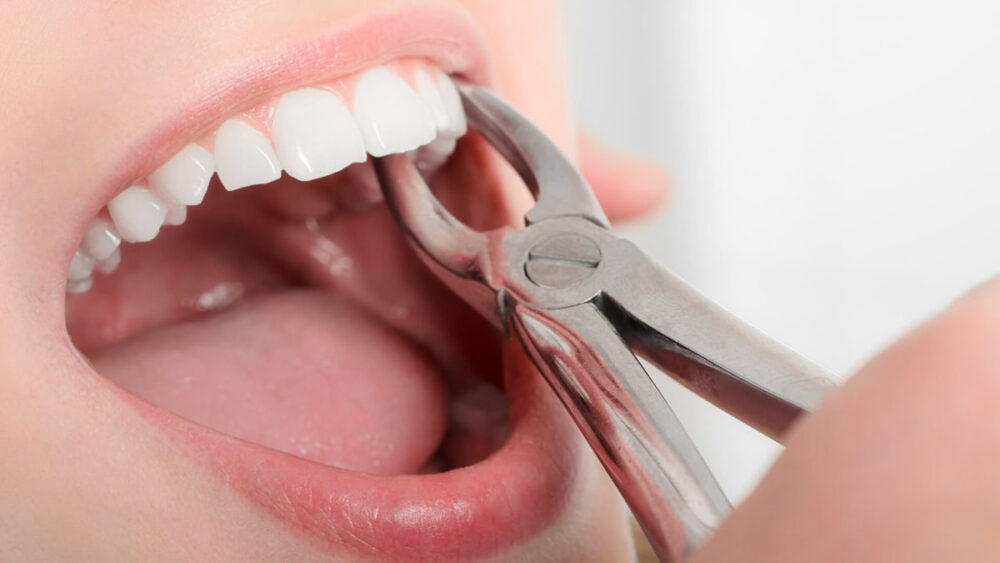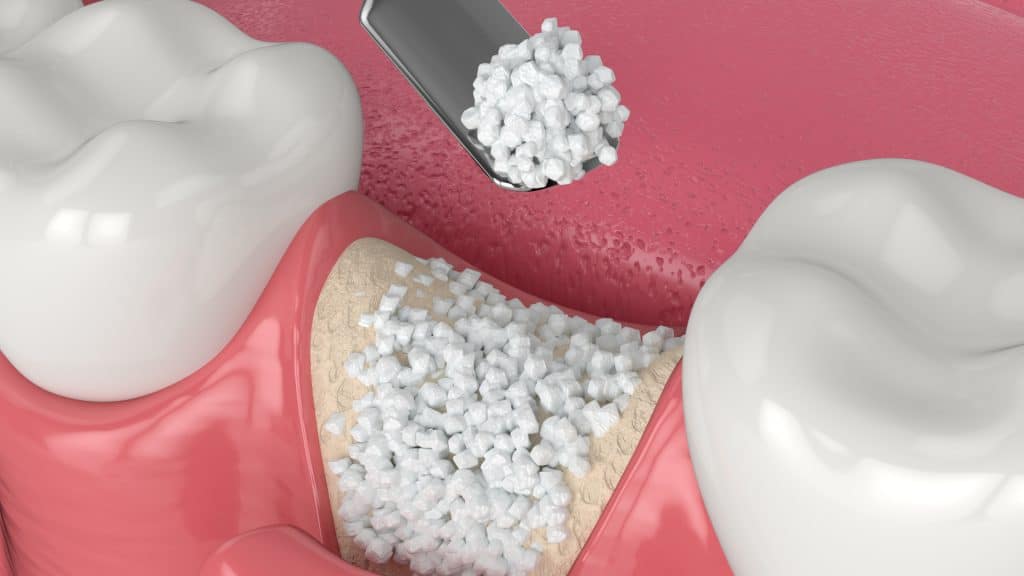
It is possible to prevent or minimize common dental problems by maintaining optimal oral health. Preventive measures you can rely on include brushing your teeth twice a day, avoiding sugar and sugary foods, flossing regularly, and visiting your dentist annually or after every six months. Still, you may get dental problems that may require treatment through oral surgical procedures. Dr. Scott Young provides oral surgery to address various oral issues, including the overcrowding of teeth. You can feel safe and comfortable while undergoing oral surgery thanks to innovative dental practices.
Consequently, below are the common surgical procedures you may need at one point in your life.
1. Tooth extraction

Also known as dental extraction, tooth extraction involves eliminating a tooth from its socket. Your dentist may recommend dental extraction once restorative options like dental fillings or crowns cannot save your natural teeth.
You may be a good candidate for tooth extraction if you have extensive cavities, teeth overcrowding, dental injury, severe gum infection, or an impacted or fractured tooth.
2. Dental crown lengthening
Excess gum tissue often makes your teeth appear shorter; a condition described as a gummy smile. The excessive gingival display can make you feel insecure about your smile, and thus you may avoid smiling or laughing freely. Your gummy smile may result from jaw development problems, an overly short lip, or an incorrect bite.
Crown lengthening is an oral surgical procedure involving gum tissue removal or displacement. The reduction in the gum line, such as through lip repositioning surgery or laser gum contouring, can make your teeth look longer.
3. Dental bone graft

The oral surgical procedure enriches the volume and density of your jaw in areas affected by bone loss. Poor quality and quantity of the jaw bone may result from tooth extraction, leading to you missing a few of your teeth. Naturally, mouth functions like chewing and biting are vital for preserving the jawbone.
Moreover, you may need a dental bone graft due to loss of jawbone through periodontal disease, oral tumor removal, or physical injury to the jaw, gum, or teeth.
Bone grafting enables the restoration of the aesthetic appearance of your smile and the function of your teeth. Also, dental bone grafting can allow your surgeon to prepare your mouth to install the proper length and width of dental implants or dentures.
4. Wisdom teeth removal
Business Insider says Americans remove nearly 5 million wisdom teeth every year.
Wisdom teeth appear in your mouth during your early 20s and are located at the back of your mouth’s corners. You may want to remove your third molars if they erupt incorrectly, fail to emerge fully, and cause congestion of adjacent teeth.
5. Obstructive sleep apnea surgery

Obstructive sleep apnea happens when muscles supporting the function of soft tissues in your throat relax temporarily. As a result, the airway narrowing or closing disrupts your breathing.
Sleep apnea treatment removes excess soft tissues from your airway, enabling you to breathe better as you receive an adequate oxygen supply.
Contact Scott Young, DDS today to book an appointment with an oral surgery specialist.








